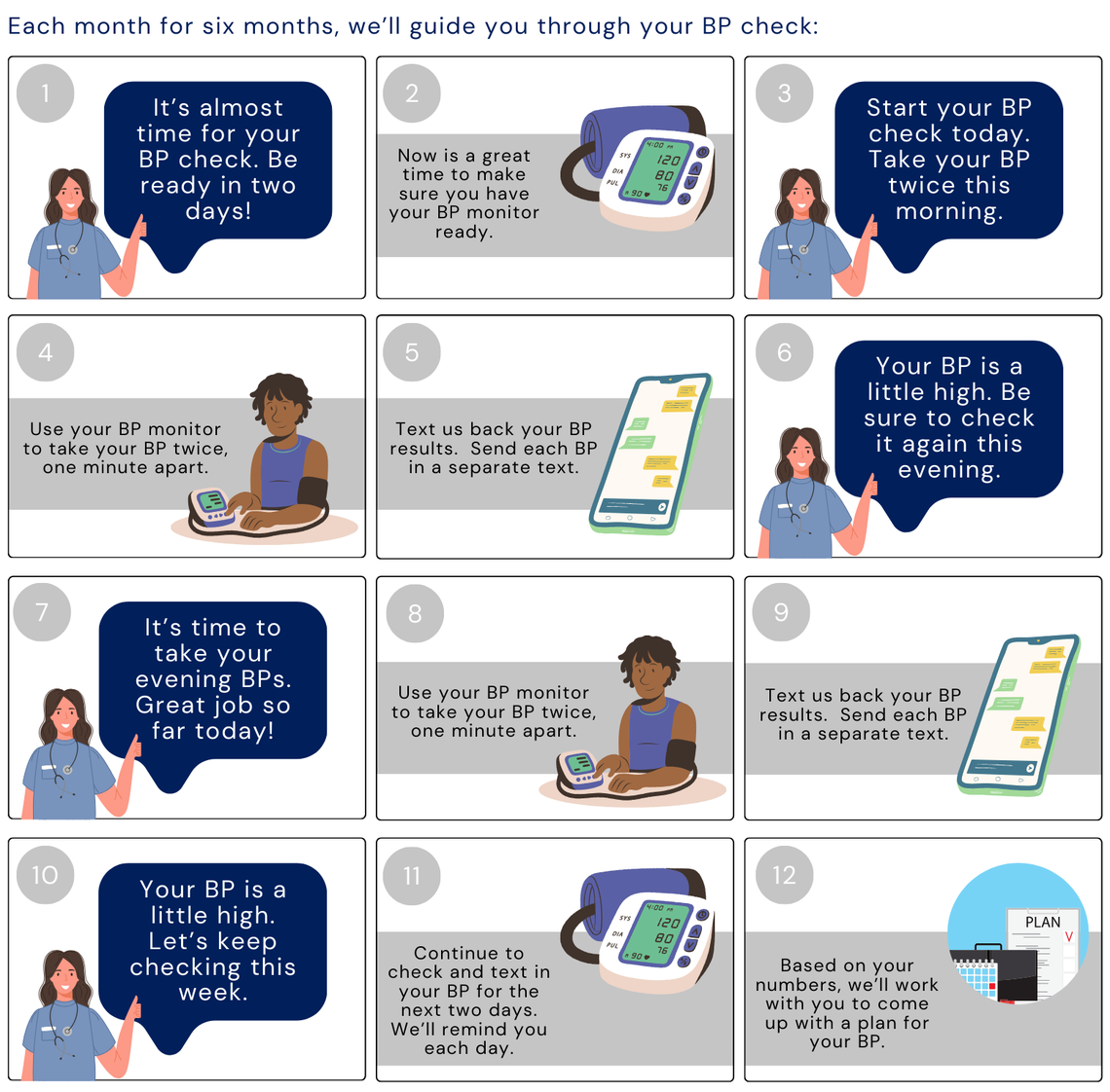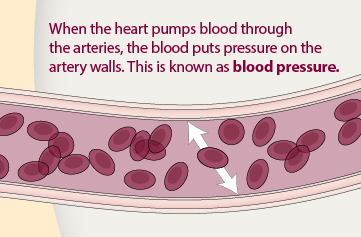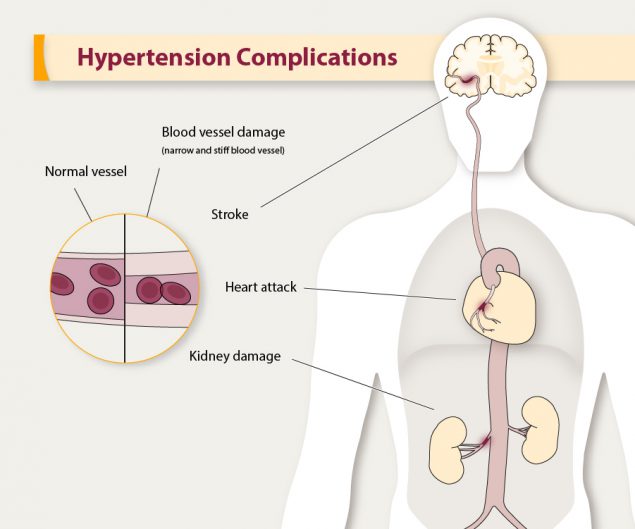Take Charge of Your Blood Pressure
We can help you lower your blood pressure (BP) from home, so you can focus on what matters most to you. Together, we will check your BP for six months and create a personalized treatment plan.
Step 1
We will reach out through text to invite you to join the program. Text us back with your address so we can ship you a free BP monitor. If you already own a BP monitor, please use the one we send you for this program.
Step 2
Set up your BP monitor. The instructions are in the package sent from the Healthy Heart team. You can also download them here. We'll text you a few days after your package has shipped to check that it has arrived and you're ready to start.
How to use your upper arm BP monitor
Step 3
Each month, you will check your BP for three days in a row and text us the result. We'll give you a heads-up by text a few days in advance and text you a reminder on each day that you need to do a BP check. You'll check your BP twice in the morning and twice in the evening on those three days. The readings can be one minute apart, and you can keep the cuff on between readings. If you're busy, you'll have up to three extra days to get your checks done! You will get feedback on your BP by text. We will call you if you need to consider starting or changing a medicine.

Frequently Asked Questions

Blood pressure is the force of blood pushing against the walls of your arteries. Arteries have thick walls that are meant to handle the high pressure and speed that moves blood through your heart. Your blood pressure changes throughout the day based on your activities. If your blood pressure is higher than normal on a regular basis, you may be diagnosed with a condition called hypertension. Your heart has to work harder to pump blood.

High blood pressure (BP) is very common. In fact, more than half of American adults have high BP. However, many people don't even know they have it. Measuring your BP is the only way to know if it is high. If your BP is higher than normal on a regular basis, you are at higher risk for issues like heart disease, heart attack, and stroke. High BP can hurt important organs like your heart, brain, kidneys, and eyes. The good news is that, in most cases, you can manage your blood pressure to lower your risk for health problems.
Blood pressure control means lowering high BP to a healthy level. Healthy eating, exercise, and medicine can help to lower blood pressure. We have a goal of less than 130/80 for patients in Penn Medicine Healthy Heart. This means less than 130 mmHg systolic blood pressure and less than 80 mmHg diastolic blood pressure. Reaching this goal can have a big impact on your chances of major issues like stroke and heart attack.
The American Heart Association recommends using a digital BP monitor at home. For patients in Penn Medicine Healthy Heart, please use the free BP monitor we sent you. You can download the instruction sheets below.
Blood pressure is measured as the ratio of two numbers, such as 120 over 80 or 120/80. The top number is your systolic blood pressure. It is the pressure in your arteries when the heart squeezes. The bottom number is your diastolic blood pressure. It is the pressure in your arteries when your heart relaxes.
We consider a normal pressure to be 130/80 in general. A blood pressure would be high between 130-180/80-100 and very high above 180/100. Blood pressure under 100/60 is generally considered low. It could still be okay as long as you're not having any symptoms of low pressure, like lightheadedness, dizziness, or tiredness.
Blood pressures vary. BP can change based on the time of day, body position, physical activity, emotions, diet (especially salt and alcohol), and when you last took medicine. The average and trend of your BP are more important than a single reading. This is why we ask you to check your BP twice in the morning and night, with each reading 1 minute apart, and for 3 days in a row. We believe this is a better way to know what your blood pressure is.
Everyone with high blood pressure can benefit from a healthier lifestyle. Many people can also benefit from blood pressure medicine, if advised by a health care provider.
For a healthier lifestyle, first consider exercise and weight loss. Blood pressure often increases as weight increases. Being overweight also can cause problems with breathing while you sleep (sleep apnea). Sleep apnea can raise blood pressure.
Second, eat a healthy diet. Eating and drinking less sodium is an important step. Check out our videos on healthy eating. Limiting your alcohol to less than one drink a day for women or two drinks a day for men can help lower BP, too.
Using a home BP monitor can help you see how your lifestyle and medicine is helping your blood pressure!
We do not encourage this. For Healthy Heart, we ask that you text us your BPs during the three days of BP monitoring each month. If you send in BPs on other days, the team will NOT be looking at them. If your BP is very high or very low, the system will automatically tell you to go to an Emergency Department if you are having symptoms. Otherwise, you may not hear from a provider. If you want to track your BP on your own for a provider to look at later, you can use MyPennMedicine or old-fashioned paper and pencil!
Yes! You can check your blood pressure from anywhere that is convenient for you. We encourage you to bring your monitor along as you travel so you don't miss any BP checks. (But don't forget to bring it back with you when you return from your trip!)

